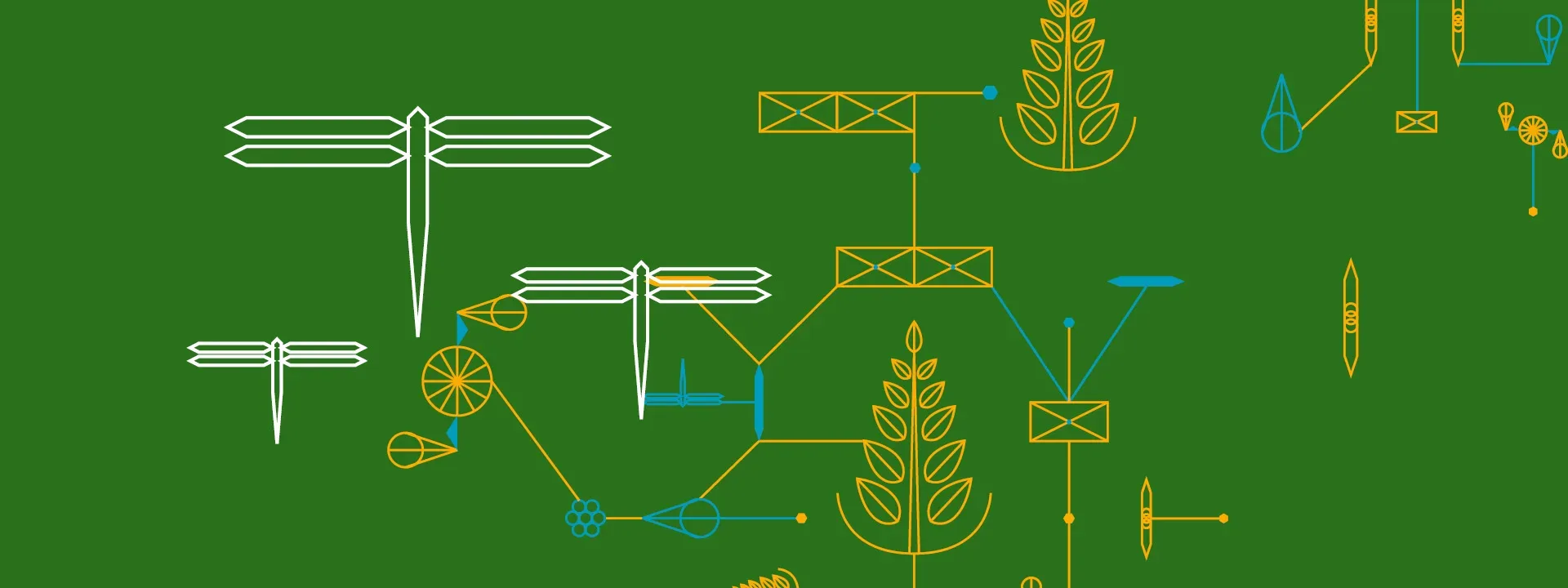Continuing on from discussions at VFCD 2020 on current archival work in Vietnam possibilities engendered by digital platforms and technologies in the management, usage, and accessibility around archives, the event VADA Forum (Vietnam Art & Design Archive) took place virtually on 9 November, organised by RMIT University Vietnam.
Curator Nguyễn Anh Tuấn (NAT) opened the proceedings with a keynote presentation on the ambitions and realisation of the Vietnam Art Archive (ViAA) – a project he and the team at Heritage Space have been working on, to develop an online-based archive of Vietnamese contemporary art from the early 1990s to the present day.

Given that the scene’s history and trajectories currently exist through fragments kept in private/personal collections, an archive of ViAA’s scale is a much welcomed new development, one that harbours long-term implications. Starting with archival information on about 20-30 artists hailing from various artistic contexts and practices (from veteran performance artists of the early 1990s, to emerging inter-disciplinary artists of today), ViAA aims towards a wide range of data – texts, images, videos and artists’ statements, to do with “works that have showed in public exhibitions or events” – by way of contributing to “collective memory” and constituting an in-depth source of information/knowledge for public exploration and academic research alike. Developed since late 2019 (the beta version of the site is slated to go live in December 2021), there have been multiple challenges faced by NAT and his team – from the limited human resources, the complex technical requirements, to the huge scale of information that needs to be gathered and edited, or the attempt to build a set of criteria for selection of artists and works.

While the curator opened up widely the question of “What we archive” – how to make visible “informal” branches of history and/or those not shaped by large institutions – the keynote presented by Associate Professor – Dr. Lê Thanh Hà (LTH) focused on “How we archive”, providing the audience with an overview of a typical archival process: from collecting and digitising data, creating records for management, archiving and preserving materials in different formats, to the usage and promotion of said materials in public spheres. In each of these steps, technological innovations have engendered important transformations within the Vietnamese context over the past decade. For instance, discussing digitisation LTH touched on AI and scanning equipment that could work with very high image resolutions, both of which have helped digitise and restore statues and relics (especially those that have been lost in time or damaged); or the motion-capture technique long familiar with audiences of movie blockbusters, helping capture gestures, positions and movements of traditional performing artforms.
In terms of archiving and preservation, holdings have been migrated from conventional, physical storage types to cloud platforms – the latter of which have become increasingly popular in Vietnam. Lastly, when it comes to promotion of archival holdings in public sphere – regarded by LTH as a weak point of Vietnamese archival bodies, for multiple reasons, including the lack of funding – latest technologies have given birth to more and more virtual 3D spaces for the experience of works and holdings (or at least the “digital” versions of the holdings), and at the same time blockchain technology has created options for protecting copyrights within virtual environments.
Despite all this potential, Vietnamese organisations are currently faced with many challenges in applying technology to archival works: for one, a gap exists between technical and aesthetical prerequisites for digitised materials; while another is with regard to the encouragement of the government toward digital transformation, versus the complications of actually going about that transformation. Given this reality, each organisation tries to find its own pathway.

During the event’s panel discussion portion, the audience was introduced to a number of other archival perspectives. The Vietnamese Women’s Museum continues to be a public institution that proactively takes matters into their own hands: MA. Nguyễn Hải Vân (the Museum’s Director) gave an introduction on their two online exhibitions of 2021; or the recently-launched 360° tour of the Museum’s permanent exhibition sections. As for the National Archives Centre III, Dr. Trần Việt Hoa (the Centre’s Director) discussed their persistent efforts in digitising documents of historical value, and in taking advantage of digital communication channels, social media and other technologies in general, in a bid towards more virtual exhibitions.
Going beyond technology-centric discussions, Dr. Tammy Wong Hulbert (RMIT University Australia) pointed out the issue of power dynamics in regard to archival narratives, noting the need to ensure participation of and benefits for the wider community of asset/rights owners. Independent artist Richard Streitmatter-Tran emphasised the fundamental role and nature of archiving: “saving” stories and histories – especially those pertaining to the marginalised – from the hold of time and amnesia, thereby pointing to the socal dimensions of archiving in the context of Vietnam’s arts and culture.
Perhaps a key feat of the Forum lies in the coming together of these multiple thoughts and viewpoints, from individuals with widely different practices and backgrounds who, nevertheless, all work with the archived in their own ways. As journalist Trương Uyên Ly (Director of Hanoi Grapevine) stated towards the end of the event, now is the time for individuals and organisations in Vietnam’s arts and cultural scene to enter a new phase of collaboration and cooperation when it comes to preserving the past; and the aim, indeed, should be toward a sustainable, inclusive and ideally unified archival platform.
